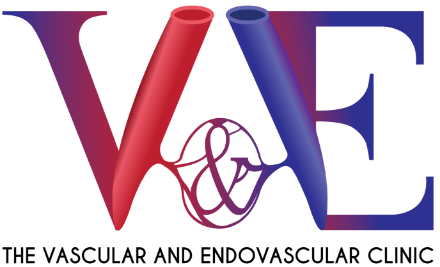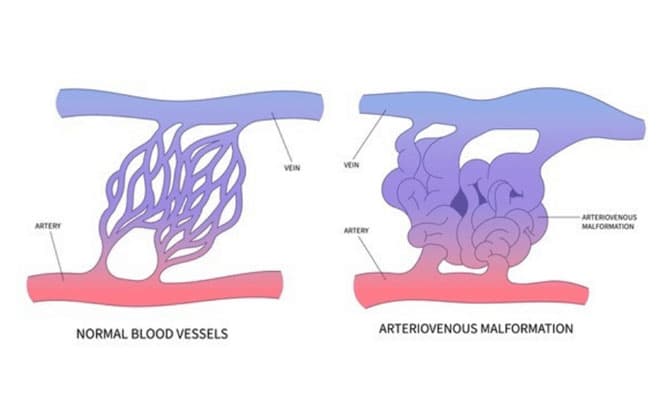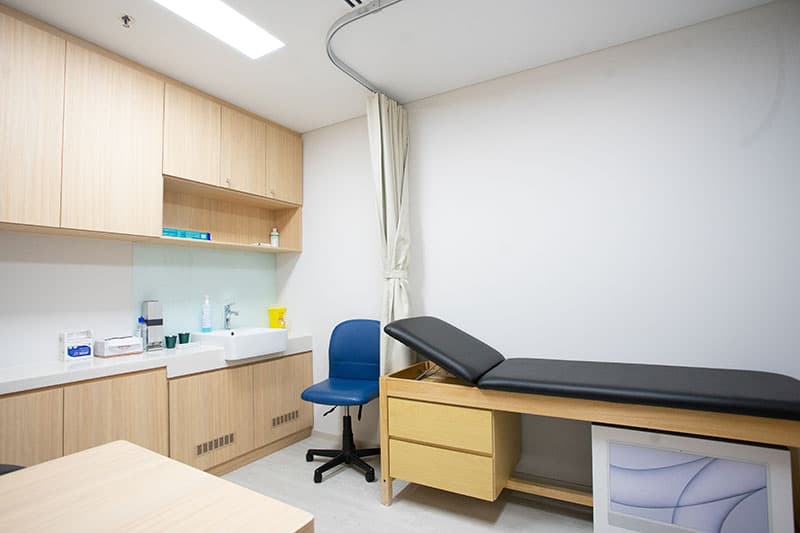What are Peripheral Arteriovenous Malformations (AVM)
A peripheral arteriovenous malformation (AVM) is a type of AVM that occurs outside of the brain or spinal cord, usually in the arms, legs, hands, or feet. It is a rare condition where there is an abnormal, direct connection between arteries and veins, bypassing the capillary system. This can cause symptoms such as pain, swelling, discoloration, or a throbbing sensation. Peripheral AVMs can be present from birth or may develop later in life, and their cause is not well understood. Treatment may involve surgical removal, embolization, or a combination of both, depending on the location and severity of the AVM.
Peripheral arteriovenous malformations (AVMs) can be dangerous depending on their size, location, and the severity of symptoms they cause. Some people with small or asymptomatic AVMs may not experience any serious health issues, while others with larger or symptomatic AVMs may be at risk of complications such as bleeding, ulceration, infection, or limb ischemia. In rare cases, untreated peripheral AVMs can lead to limb loss or even death. It is important to seek medical attention if you suspect you have a peripheral AVM or are experiencing any symptoms related to it.








